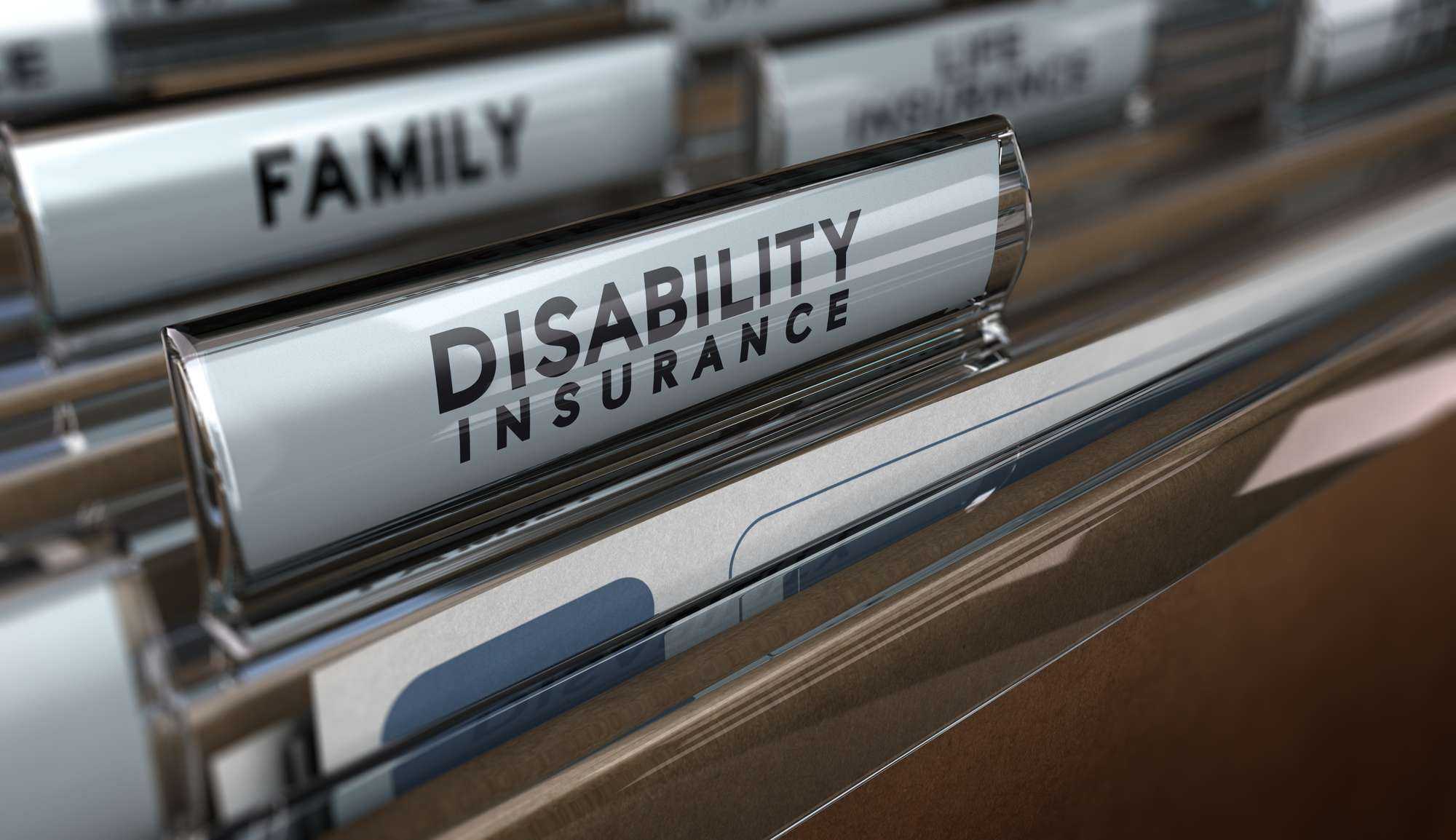BY ANDREW STEWART
The situation surrounding COVID-19 is very fluid and continues to evolve rapidly. As we head into colder months many of us are concerned how the virus will be contained. The Ontario government recently announced it has expanded access to COVID-19 testing to include select pharmacies throughout the province. As the pandemic continues, it’s important to know how to access testing if you’re experiencing signs and symptoms of COVID-19 or suspect you have been exposed to the virus.
You can take a self-assessment to help you decide if you need a test. For students and children in school and childcare they should complete the school screening questionnaire on the covid-19.ontario.ca website by answering yes or no to nine health questions. If symptoms are prevalent only an assessment centre can test you. You can get tested at an assessment centre or select pharmacies if you are not showing symptoms, and are eligible for testing as part of a targeted testing initiative as determined by the Ministry of Health or Ministry of Long-term Care or public health.
By now many companies have reopened physical locations and are doing their best to implement all the measures the leading health and safety experts suggest. If your work is in-person, it’s important to make sure the right protection measures are in place. Keeping a healthy distance of two meters has become our new normal globally and return to work is no different. It will unlikely be 100% and outbreaks will always cause nervousness. Apprehensions employees have about self-isolating or mandated quarantine is loss of income.
If you’re lucky to have group benefits provided by your employer, you would think and hope that you are eligible for short-term disability. Short-term disability is designed to replace an employee’s earnings if they are unable to work due to illness and injury. As a result, employees must meet certain criteria to be eligible for this benefit. Employees who have tested positive for COVID-19 and are unable to work from home are eligible for coverage from Day 1 of their self-isolation period. Those who have not been tested but have symptoms consistent with COVID-19 and are unable to work from home, should also be eligible for coverage. A situation could arise that you are in quarantine for other reasons and do not have symptoms consistent with COVID-19. Unfortunately, you would not be eligible for coverage. If that’s the case, you should consider applying for Employment Insurance (EI) benefits if you do not have an option to work from home.
What proof is required for someone making a short-term disability claim because they have tested positive for COVID-19? How do you submit a short-term disability claim and how long will you be paid for a COVID-related disability claim?
In most cases you will need to complete a Short-Term Disability COVID-19 Claim Form. For individuals with a positive test result, its required to provide the date of their test, the name of the clinic/facility where they were tested and the results of the test. The form will ask to indicate the symptoms associated with your illness, do you have any other health problems that might affect recovery, and can you work from home? Given that the employee has tested positive, there is no waiting period and will be paid for 14 days.
The federal government has introduced three new benefits: the Canada Recovery Benefit (CRB), the Canada Recovery Sickness Benefit (CRSB), and the Canada Recovery Caregiving Benefit (CRCB). These new federal benefits have no impact on short-term disability claims or benefits. If an employee has tested positive for COVID-19 or has symptoms consistent with COVID-19 and are unable to work from home, they could apply for the federal government’s recovery benefits.

